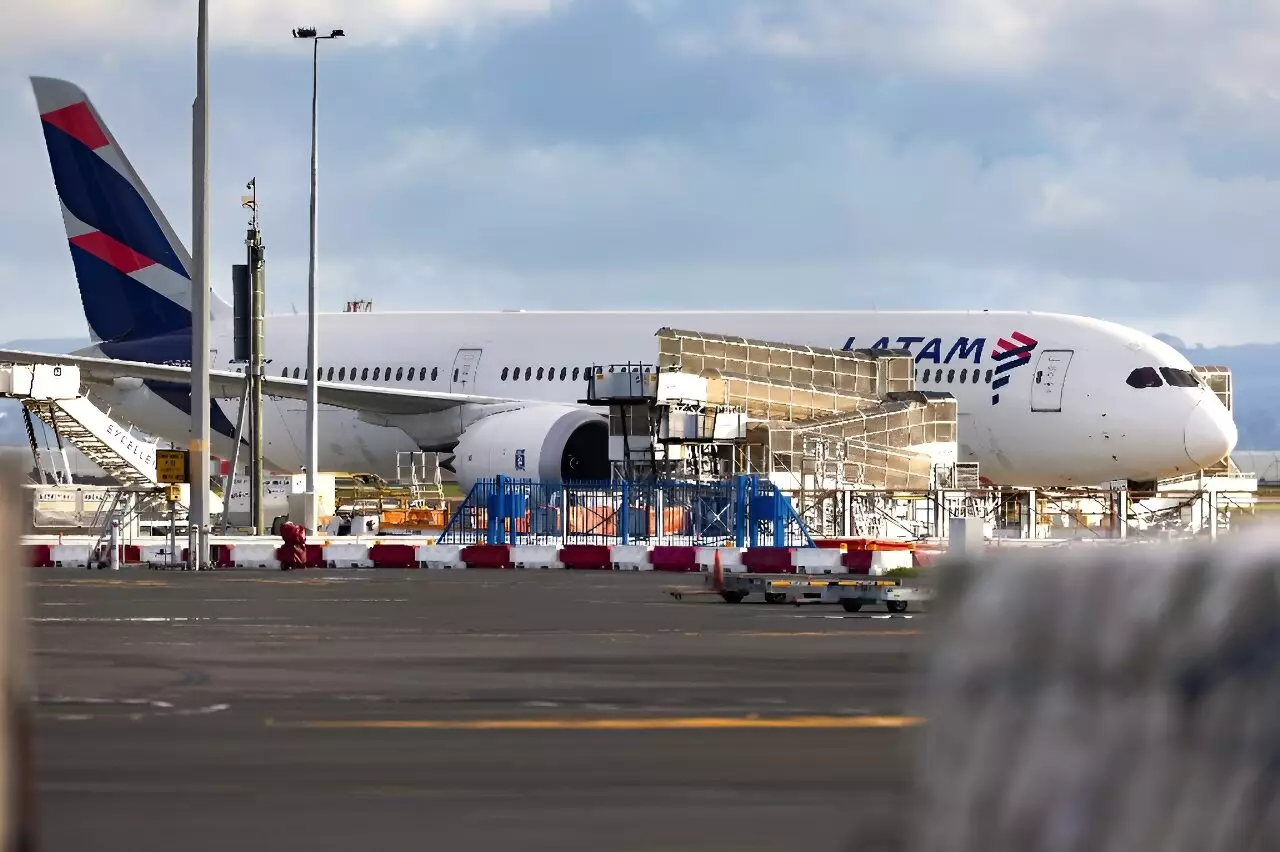Flying has become a common mode of transportation for millions of people around the world. However, the recent incident involving a New Zealand-bound LATAM plane has once again highlighted the critical importance of proper aircraft maintenance. Boeing’s warning to airlines flying its 787 Dreamliner model to inspect certain switches in the cockpit serves as a stark reminder of the potential dangers that arise when safety protocols are not followed diligently.
The Incident
The Chilean airline LATAM was en route from Sydney, Australia to Auckland, New Zealand, when the unexpected occurred. The plane experienced a sudden and violent drop mid-flight, causing chaos and injuries among the passengers. Fifty individuals were hurt, with 13 requiring hospitalization. The exact cause of the incident initially remained unclear, with LATAM attributing it to a “technical event.”
However, further investigations by industry sources, including the Wall Street Journal, revealed a troubling revelation. The incident was reportedly triggered by the inadvertent actions of a crew member. A flight attendant, in the process of serving a meal, accidentally activated a switch on the pilot’s seat. This action led to the activation of a motorized feature that caused the pilot to lose control of the aircraft, resulting in a sharp nosedive.
The Boeing incident serves as a vital lesson in the importance of rigorous maintenance protocols and thorough inspections. While Boeing regularly sends out recommendations to its clients regarding aircraft maintenance, this particular incident underscores the potentially catastrophic consequences of overlooking even minor details. The switch in question, typically covered and not intended for use when the pilot is seated, highlights the need for strict adherence to operating procedures.
In the wake of the incident, the US Federal Aviation Administration (FAA) announced the formation of a Corrective Action Review Board (CARB) comprising safety experts to delve into the matter. The board’s primary objective is to provide feedback to Boeing and assess the 2017 service bulletin related to the switches in the pilot seats. This proactive response underscores the importance of regulatory oversight in ensuring the safety of air travel.
Ongoing Challenges
Boeing’s recent safety record has been marred by a series of incidents, including the tragic crashes of 737 MAX planes in 2018 and 2019, as well as the alarming incident involving a Boeing 737 MAX 9 Alaska Airlines jet earlier this year. The company’s share price has plummeted, reflecting growing concerns regarding its safety practices. US regulators have issued a stern ultimatum to Boeing, urging the company to implement concrete measures to address quality control issues.
The Boeing incident serves as a potent reminder of the paramount importance of aircraft maintenance and safety in commercial aviation. The tragic consequences of overlooking maintenance procedures should prompt airlines and aircraft manufacturers to reevaluate their protocols and prioritize safety above all else. As the industry grapples with the fallout from this incident, it is imperative that lessons are learned and steps are taken to prevent such occurrences in the future. Ultimately, the safety and well-being of passengers should always remain the top priority in aviation.


Leave a Reply